This is how the altar looks on holidays, when the doors are open. In the picture of the upper row: God the Father, reigning over all around. He solemnly sits
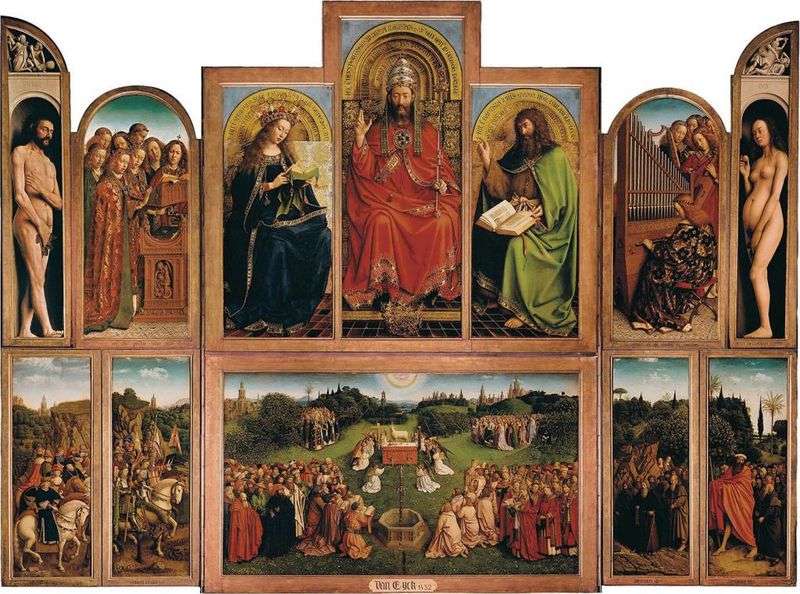

This is how the altar looks on holidays, when the doors are open. In the picture of the upper row: God the Father, reigning over all around. He solemnly sits
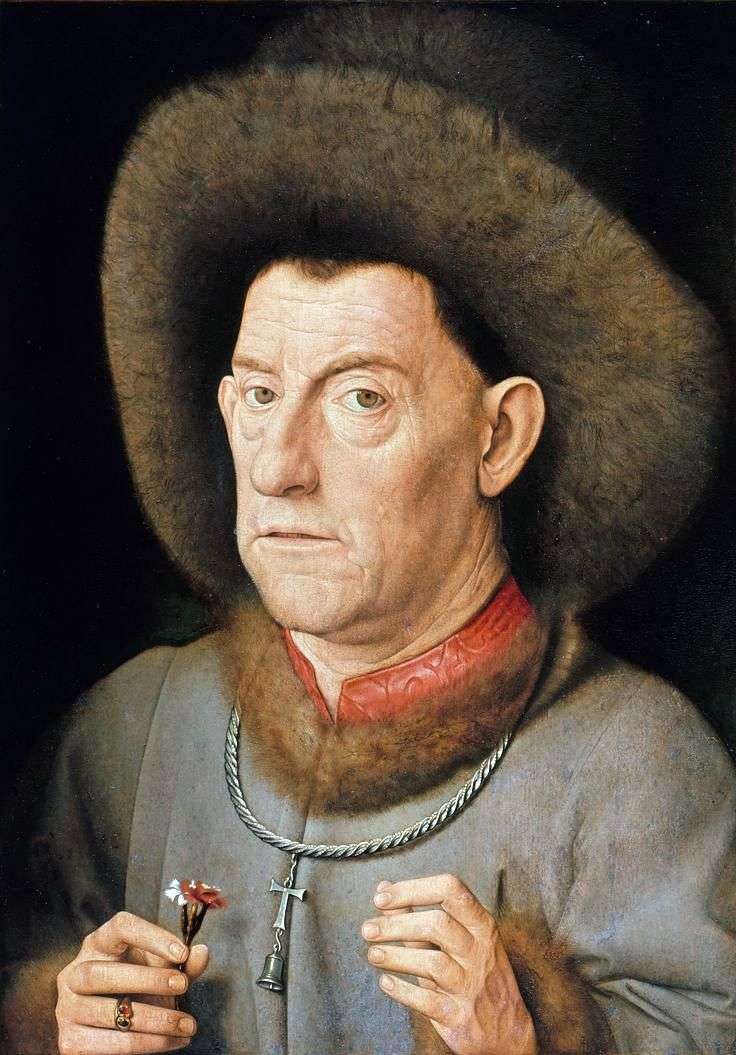
Jan van Eyck, in fact, was one of the first to paint portraits as works of an independent genre – a genre with his own laws and tasks. He is
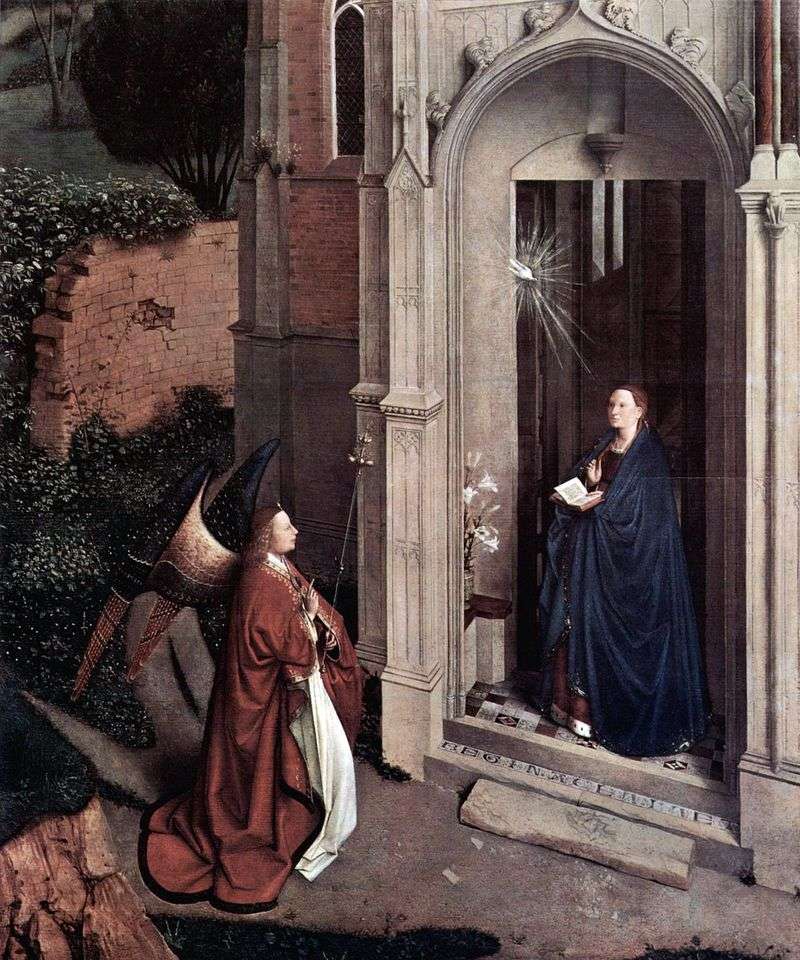
Painting by Jan van Eyck “The Annunciation”. In the Dutch art of the 20s of the 15th century, the greatest accuracy in the transfer of nature and objects of human
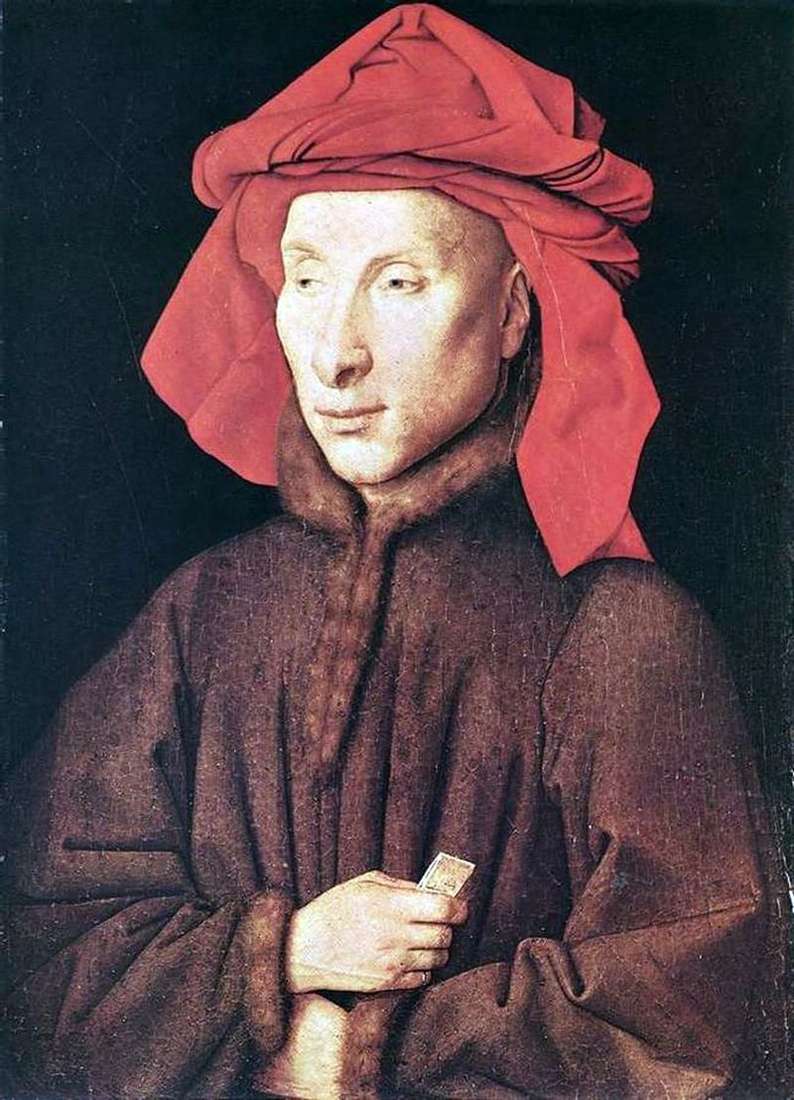
The portrait of a rich Italian merchant, a friend of Van Eyck, was performed at the same time, when the famous “Portrait of the Arnolfini Four”
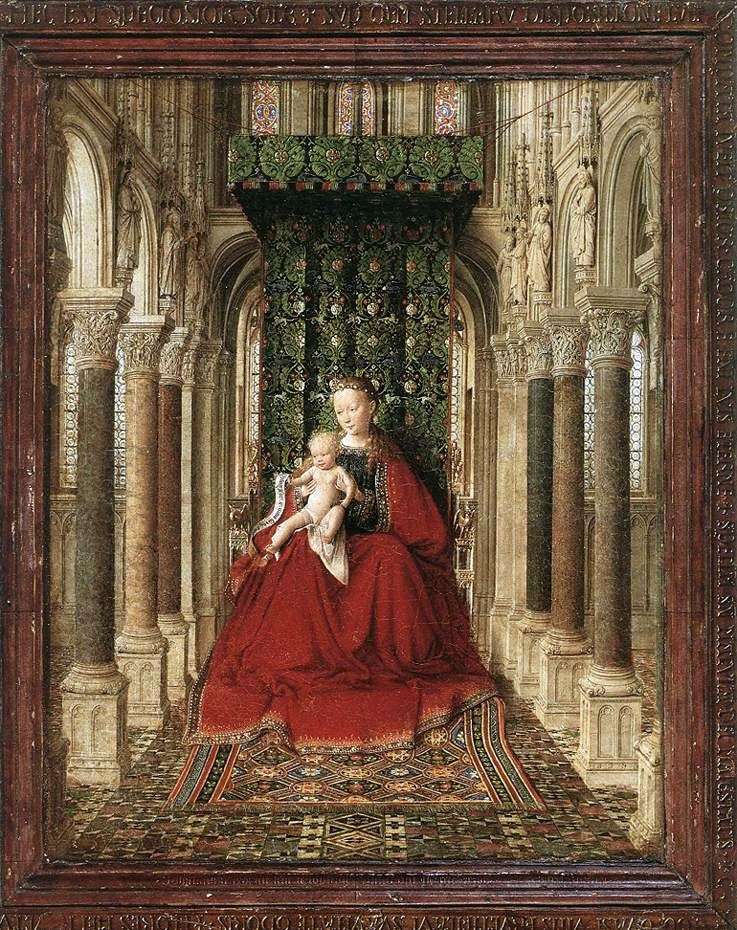
This is a small-sized work – a true masterpiece of Dutch art of the XV century. In the central part of the triptych – the Virgin Mary with the Child
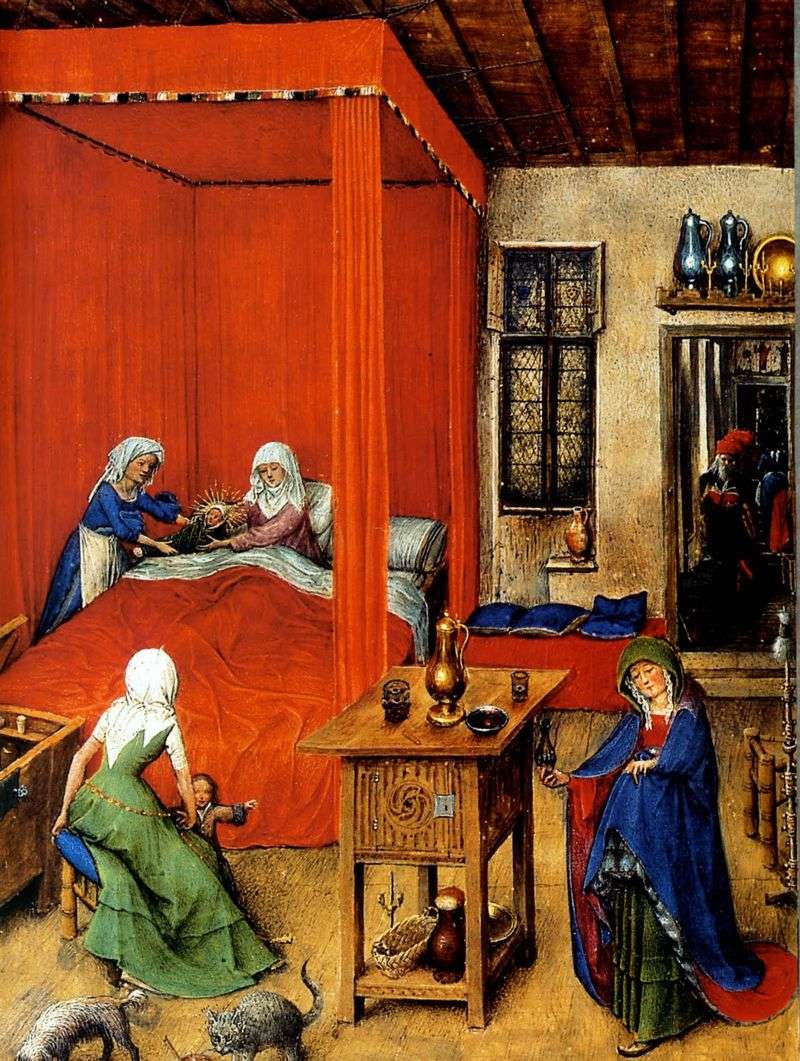
The researchers attribute sovereignty to van Eyck’s drawings in the “Turin Watch” – a liturgical book containing prayers and hymns of the daily circle of worship. This fact, by the
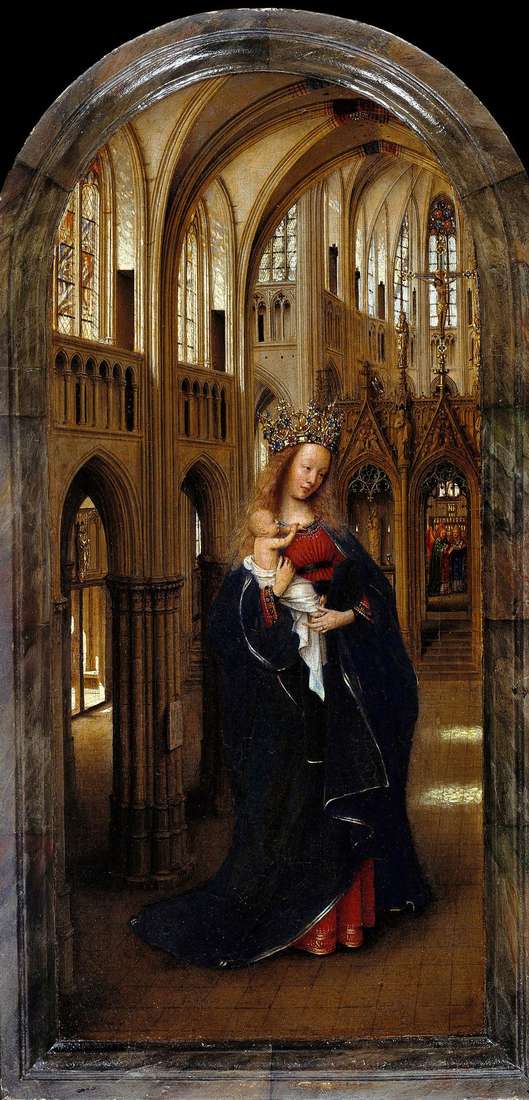
In the painting by Jan van Eyck “The Madonna in the Church,” specific field observations take up an enormous amount of space. Previous European art did not know such vital-natural
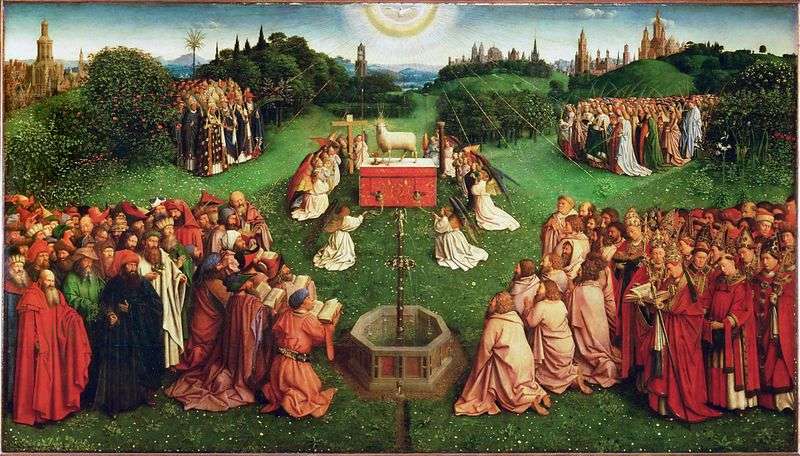
“The worship of the lamb” is the heart of the altar. There is nothing meaningful and sad in this traditional scene. The lamb, from the neck of which is poured
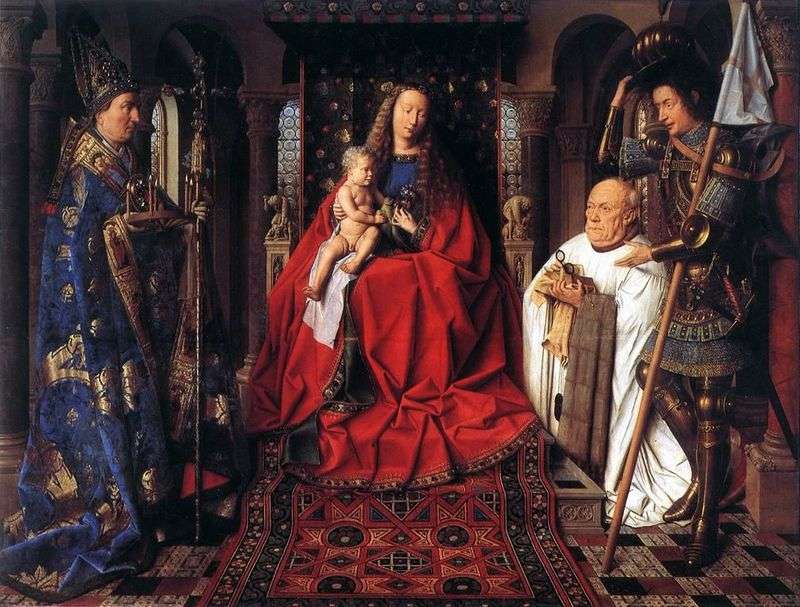
This picture is the largest work of van Eyck after the Ghent altar. Again, the sense of reality in the transfer of space, light and objects, as well as the
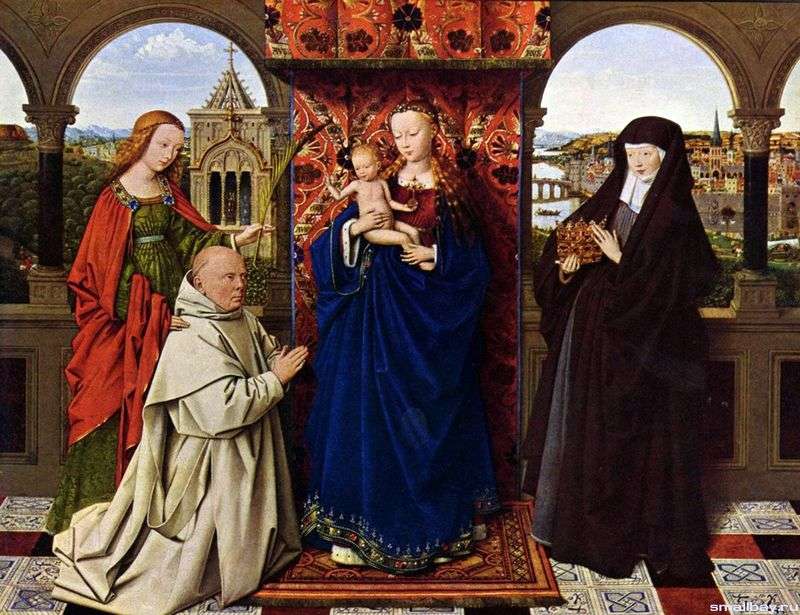
The painting “The Madonna with the Cartesian Monk” was painted by the artist around 1425. In the paintings of Jan van Eyck it is quite obvious that any object, which
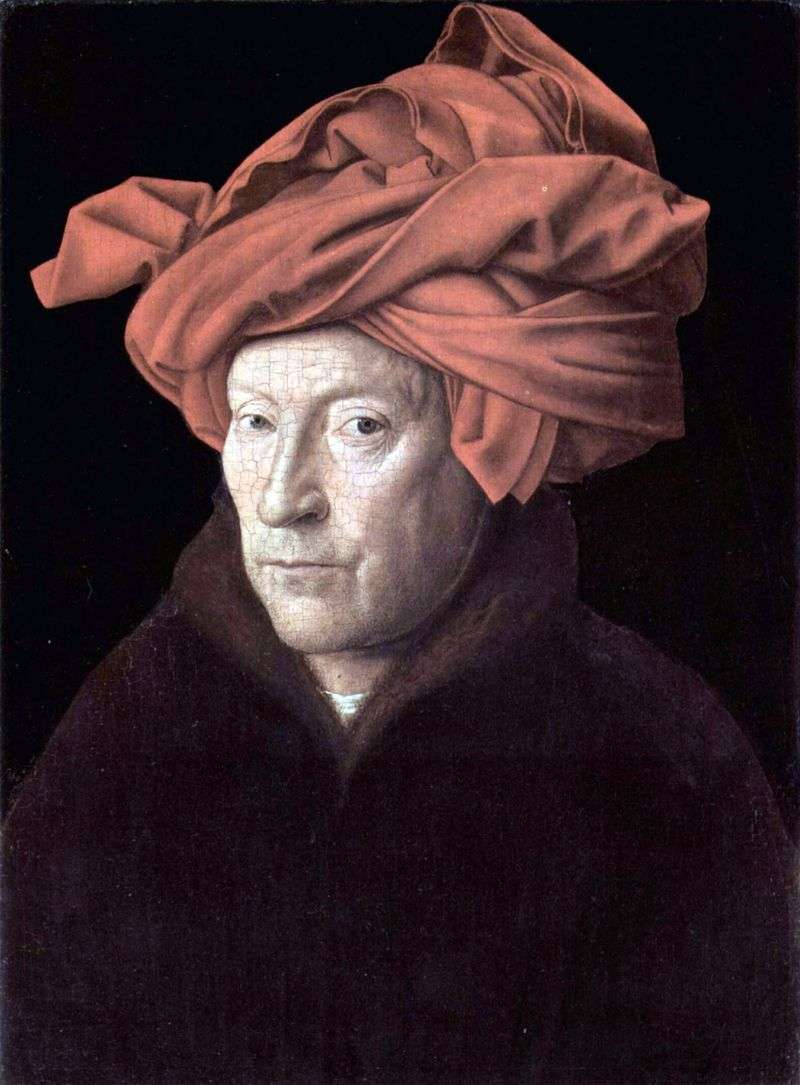
The first manifestations of Renaissance art in the Netherlands date back to the beginning of the 15th century. Dutch masters in the 14th century enjoyed great popularity in Western Europe,